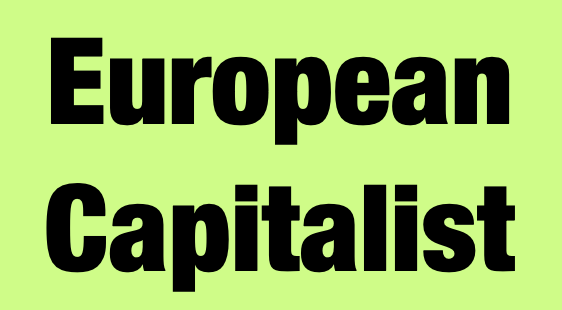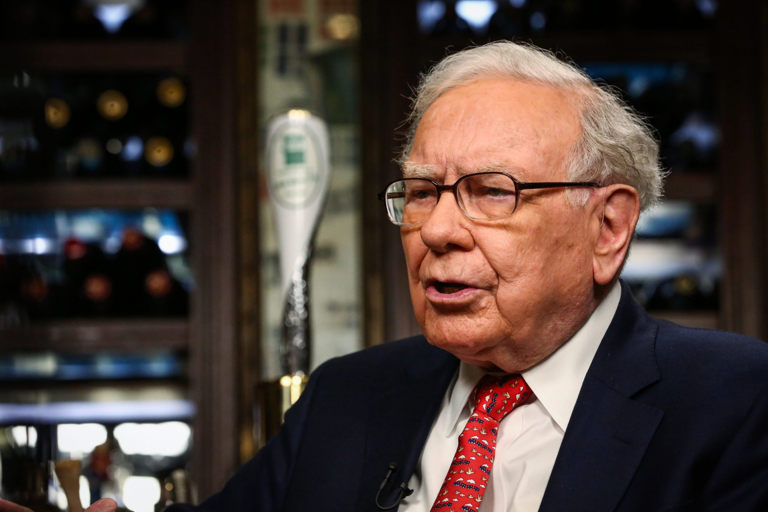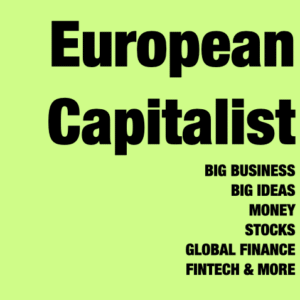Warren Buffett, the legendary investor and long-time proponent of large-scale philanthropy, has acknowledged that his ambitious Giving Pledge initiative was ultimately “not feasible” in practice. Instead of committing the bulk of his fortune to direct philanthropic efforts during his lifetime, Buffett has structured his estate to provide each of his three children with approximately $500 million per year to distribute to charitable causes, according to recent disclosures.
This shift marks a notable change in strategy for one of the most prominent philanthropists of the modern era, sparking discussions about the future of high-net-worth giving and the role of family-led philanthropy in shaping social impact.
The Giving Pledge: Vision vs. Reality
Buffett co-founded the Giving Pledge in 2010 alongside Bill and Melinda Gates, inviting billionaires to commit the majority of their wealth to charitable causes. The initiative was designed to inspire large-scale donations and raise awareness of social responsibility among the ultra-wealthy.
Despite the pledge’s high-profile appeal, Buffett now admits that fully committing his fortune in accordance with the original vision proved impractical. Challenges included:
- Logistical Complexity: Directing such vast resources toward effective charitable projects requires extensive infrastructure and oversight.
- Timing Considerations: Managing the allocation of billions while ensuring meaningful impact is difficult within a single lifetime.
- Family Involvement: Buffett has emphasized the importance of engaging his children in philanthropy, rather than centralizing all giving under his personal control.
By structuring his estate to pass significant sums annually to his children, Buffett ensures continued philanthropy while fostering personal responsibility and decision-making among the next generation.
The Mechanics of Buffett’s New Approach
Under the new plan, Buffett has arranged for each of his three children to receive $500 million per year, which they can allocate to charitable causes of their choosing. Key features of this approach include:
- Annual Distribution: Providing a recurring, structured allocation allows for ongoing philanthropic efforts rather than a single lifetime commitment.
- Autonomy for His Children: Buffett is empowering his heirs to identify and support causes they care about, potentially increasing engagement and long-term commitment.
- Tax Efficiency: Estate planning strategies help minimize taxes and maximize the funds available for charitable giving.
- Scalability and Flexibility: The children can adapt donations to emerging social needs or urgent global crises, making the philanthropy more dynamic than a fixed, lifetime pledge.
This approach reflects a balance between Buffett’s desire for large-scale charitable impact and practical limitations of direct management.
Implications for Philanthropy
Buffett’s pivot has broader implications for high-net-worth giving and the future of the Giving Pledge initiative:
- Encouraging Family-Led Giving: By involving heirs directly, the strategy promotes continuity of philanthropic values across generations.
- Shifting Focus from Pledges to Action: Buffett’s acknowledgment that the original Giving Pledge was “not feasible” highlights the challenge of translating symbolic commitments into real-world impact.
- Dynamic Allocation Models: The annual distribution model provides a blueprint for other billionaires who wish to combine scale with flexibility.
- Inspiring Next-Generation Philanthropy: Engaging younger family members may help maintain philanthropic momentum even after the founding generation passes.
Buffett’s Legacy in Philanthropy
Despite the shift in strategy, Buffett’s philanthropic record remains unparalleled. He has donated tens of billions of dollars to foundations and causes, including the Bill & Melinda Gates Foundation, and has actively promoted a culture of giving among billionaires.
By providing his children with substantial annual resources, Buffett aims to ensure that philanthropy continues as a family-led mission rather than a singular personal endeavor. Observers note that this approach may ultimately amplify impact by diversifying perspectives and initiatives within the family’s giving portfolio.
Critics and Praise
Reactions to Buffett’s approach have been mixed:
- Critics argue that transferring billions to heirs risks perpetuating wealth concentration rather than ensuring direct societal benefit. Some view it as a departure from the spirit of the Giving Pledge.
- Supporters highlight the advantages of empowering heirs to make informed, engaged charitable decisions and note the scale of potential impact over time.
Ultimately, Buffett’s approach underscores the tension between centralized control and distributed impact in modern philanthropy.
Conclusion
Warren Buffett’s decision to pivot from a lifetime Giving Pledge commitment to a structured, family-centered philanthropic model reflects both realism and strategic foresight. By allocating $500 million annually to each of his children for charitable giving, he balances practicality, impact, and intergenerational involvement.
While the Giving Pledge may not have been feasible for Buffett personally, his legacy in philanthropy is secure. His innovative approach could also serve as a blueprint for other billionaires seeking to combine scale, family engagement, and adaptive strategies to address pressing global challenges.







